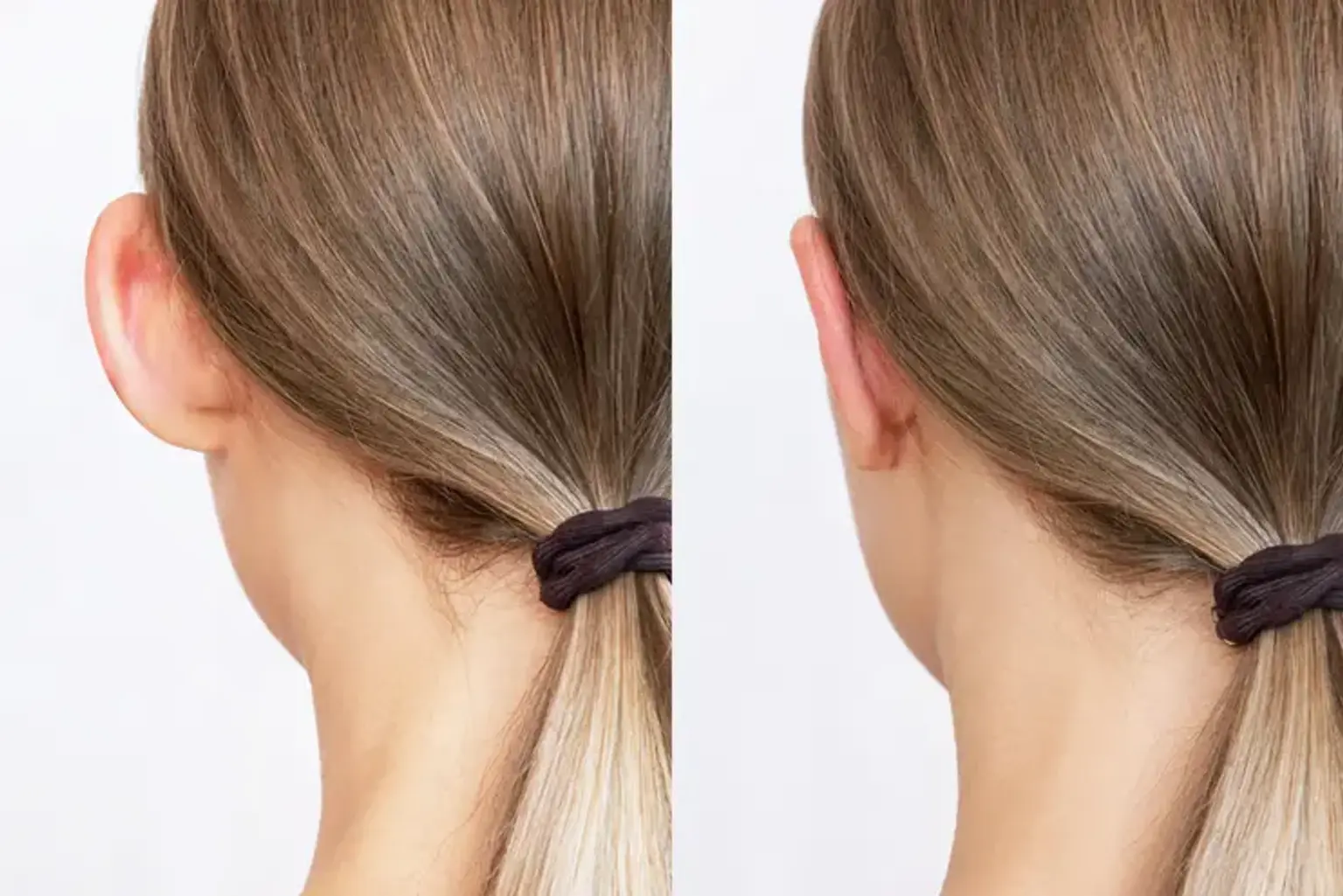Introduction
Ear reshaping surgery, also known as otoplasty, is a cosmetic procedure designed to correct prominent, asymmetrical, or misshapen ears. Whether caused by genetics, injury, or birth defects, many people seek otoplasty to improve the appearance and balance of their ears in relation to their face. The surgery is increasingly popular worldwide, with individuals of all ages opting for this life-enhancing procedure.
The decision to undergo otoplasty often stems from a desire to boost self-esteem. For some, protruding or uneven ears can be a source of insecurity or bullying, particularly for children. The surgery offers not just aesthetic improvement but also a way to foster confidence. With high success rates and relatively low risks, otoplasty continues to gain traction across the globe, with patients seeking qualified surgeons in both medical centers and cosmetic surgery clinics.
What is Otoplasty?
Otoplasty is a cosmetic surgery procedure that aims to reshape the ears for a more natural and proportional appearance. It’s designed to address various issues, including protruding ears (ears that stick out too far), oversized ears, or ears that are uneven. Whether congenital or acquired, these conditions often lead to aesthetic concerns, which otoplasty effectively addresses.
The surgery works by reshaping the cartilage of the ear, usually through small incisions behind the ear. In some cases, excess cartilage is removed, while in others, the remaining cartilage is folded to create a more harmonious contour. Otoplasty can be tailored to suit the needs of each patient, making it a versatile and customizable procedure.
Otoplasty is also not only cosmetic; for those with functional concerns—such as hearing issues or damage from trauma—ear correction surgery can sometimes play a role in restoring both form and function.
